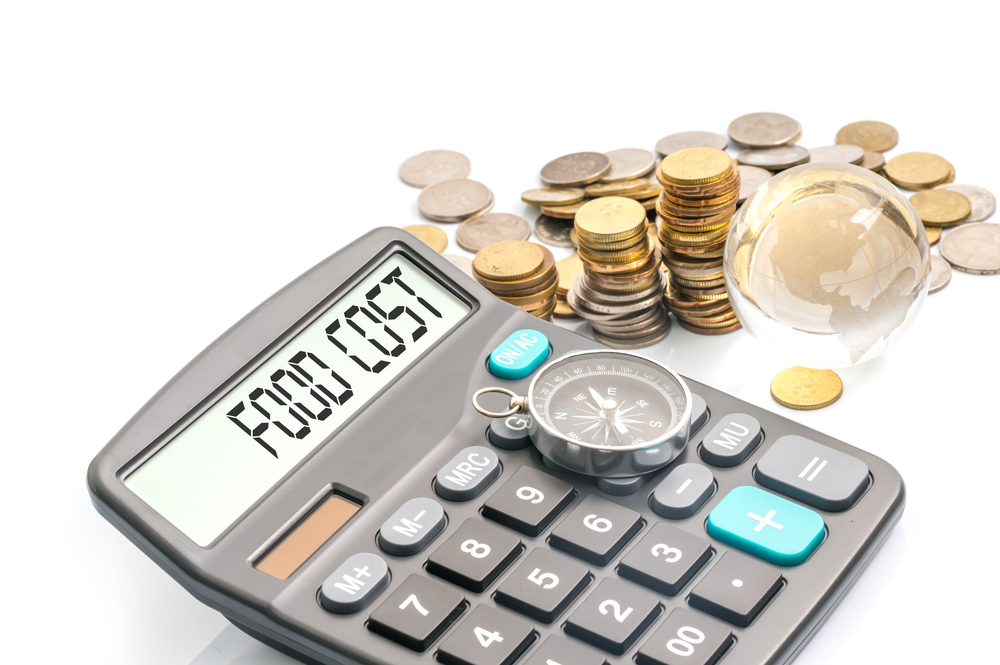Home & Family

Eating healthy is no easy task but attempting to do it with limited funds can be even more difficult. Minding a budget while eating nourishing foods takes planning, but it can be done. The following tips might help individuals learn that healthy does not have to be expensive.
Meal Planning: Eating Healthy
1. Plan your meals. Planning is essential when it comes to saving money. Take one day a week to plan out meals and make a grocery list of needed items. Check the refrigerator, pantry, and cabinets to see what items are already on-hand. Only purchase what you know you will use to avoid throwing away food items.
2. Smart and healthy shopping. Always shop the perimeter of the store first. Most of the fresh foods are found there. The middle aisles usually contain processed foods, so avoid if all possible. Stock up on healthier foods on sale that may be usable in a timely manner. Join store reward programs and use coupons.
3. Cook once eat twice. Serve moderate portions of meals, avoid seconds, and use inexpensive ingredients if possible. This will help save money and calories. Batch cook when the food budget and time allows. Cook large amounts of a favorite casserole, chili, or spaghetti. Then divide into family size portions and freeze promptly for later in the month.
4. Never shop when while hungry. Hunger causes cravings for foods that are not as healthy and not good for your budget. A piece of fruit, yogurt or another healthy snack will help shoppers avoid straying from the grocery list and buying something on impulse.
5. Compare products for the best deal. Try store or generic brands. Generics usually cost less and may be the same quality as more expensive name brand products. Check sell by dates and buy the freshest food possible. Read the ingredient list to make sure you are not getting a product of lower quality than usual.
6. Purchase frozen fruits and vegetables. Buying frozen fruits and vegetables can save money because fresh fruits and vegetables can sometimes be expensive. Quick frozen produce is just as nutritious. It is also cheaper, sold in larger bags and usually available all year. Another advantage is being able to take out only portions that are needed, and the rest can be kept safe from spoiling in the freezer.
7. Use other proteins instead of meat. Eating less meat is a great way to save money. Consume legumes, eggs, or canned fish one or two days a week. These are very inexpensive and easy to prepare. Eggs, legumes, and canned fish are not likely to spoil quickly because these products have a longer shelf life. These are all inexpensive and nutritious forms of protein.
Breaking the bank does not have to be a part of eating healthy. Planning meals, cooking at home, and making wise choices at the grocery store can help individuals and families eat healthy even on a tight budget.

